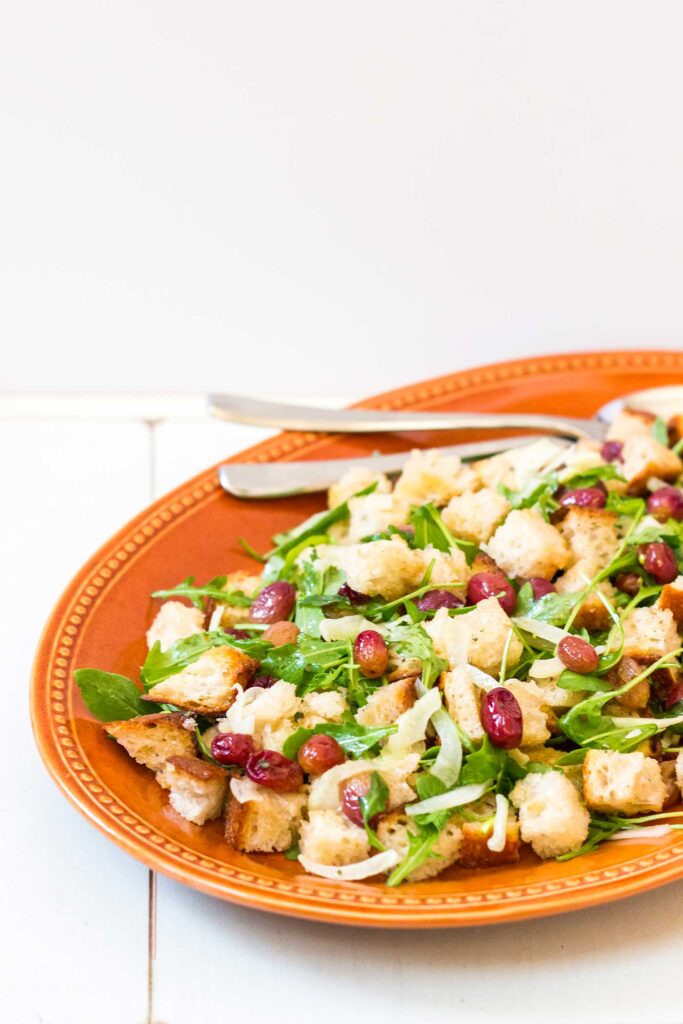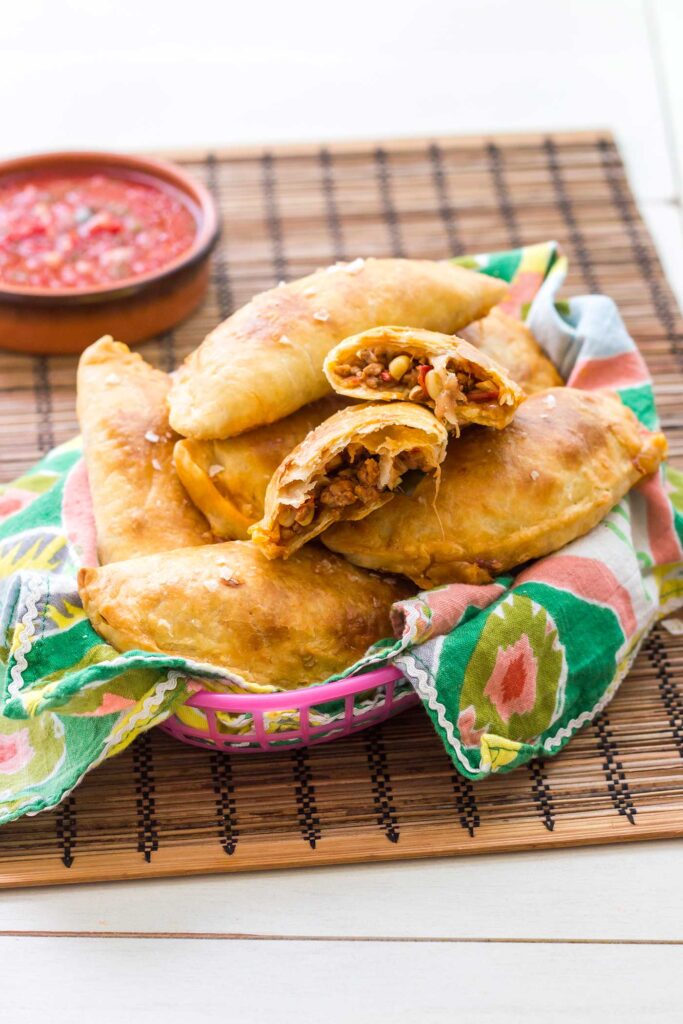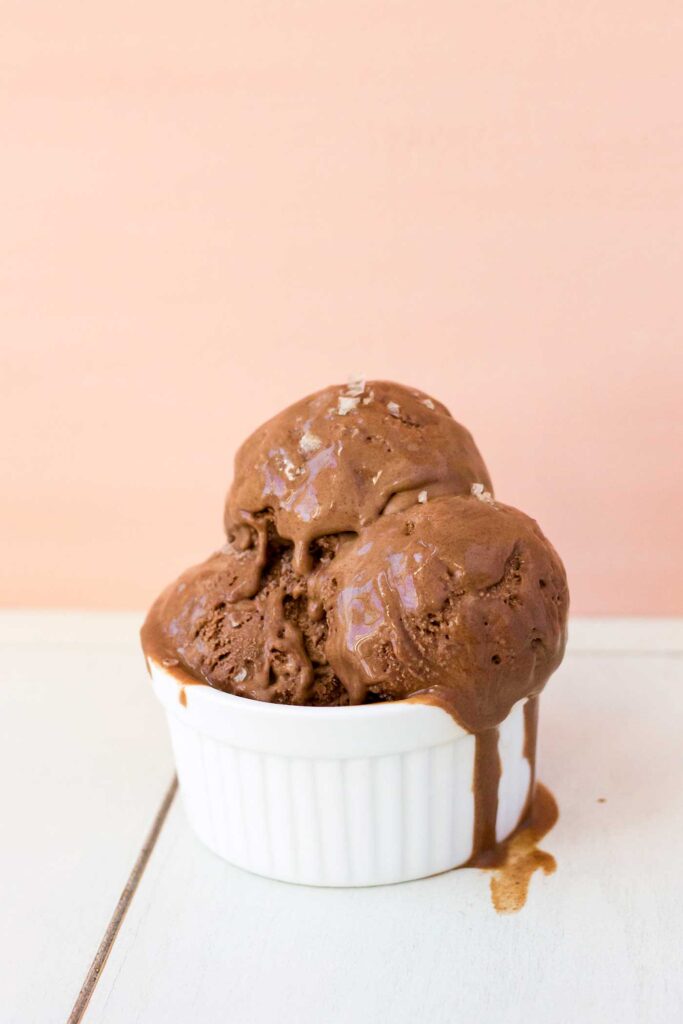Corn Flour is no stranger in the kitchen of every home, and people generally rely on it when baking and cooking. It’s an ideal thickener for soups and stews without overpowering the flavour. It is also known as cornmeal by some people and is often utilized similar to wheat flour in cooking. It is thought to have a sweet and earthy taste and provides the flavour and texture of waffles, muffins, cornbread, and other kinds of baked items. in absence of corn flour their are Substitute for Corn Flour shared below that can be used to make a tasty dish even without it.
Corn flour is an essential ingredient to have within your cooking arsenal, which is a great ingredient to coat your favourite fried dishes like fish and chicken.
What’s the Flavour and Uses of Corn flour?
It tastes like the corn ear itself and could be due to its processing method. Because the powder is finely milled using whole corn kernels dried in the process and retains the distinctive sweet corn flavour, balanced by its earthy taste. It gives a mildly bitter taste when consumed in its raw form. Although corn flour is usually employed in cooking and baking, it is also used to bind dishes like puddings.
In the same way, corn flour is also used as a thickening agent in stews, soups, sauces and similar recipes. Due to its ability to be used in various recipes and its subtle flavour, corn flour can make breading for different meats, including pork, chicken, beef, or even fish.
But when it is baked or cooked, the natural sweetness and earthiness are evident. Like many flours, it is primarily responsible for giving food items and baked goods the texture. It can be used with egg-binding materials and helps make waffles, bread or pancakes. It also helps shape muffins, pancakes and various baked items. Corn flour is a versatile ingredient that is used in many recipes.



Don’t let this one slip away — pin it now and thank yourself later!
Don’t let this one slip away — pin it now and thank yourself later!

Alternatives and Substitutes for Corn Flour
However, that doesn’t mean everybody has it in their pantry. However, if you discover that your recipe requires corn flour, it’s not something you have at hand. You’ll need a substitute readily available.
Rice Flour
An excellent alternative to corn flour is rice flour, mainly used as a thickening agent in sweet baked goods. Rice flour is thicker and finer than cornmeal, so you should not use it for recipes requiring a crispy covering. Because of its sweetness, it’s an excellent flavour booster in specific recipes such as muffins or soups.
It is widely utilized in Asian tradition as the principal ingredient in soups, noodles and desserts. It is extracted from finely crushed rice until it becomes a fine white starch. However, the majority of rice flour is made from white rice.
It’s also gluten-free, making it ideal for people trying to stay clear of all high-gluten foods. In addition, rice flour is also colourless in water like cornmeal, and this means you don’t have to worry about mixing it into clear broths or soups.
Rice flour isn’t an excellent choice to replace corn flour for baking ingredients. It isn’t suitable as a substitute for being used in bread because it doesn’t provide your food with the crisp texture you get with corn flour. To get a similar corn flour consistency, two tablespoons of rice flour to substitute one tablespoon of corn flour. You’ll also have to mix it in with small amounts of hot or cold water before adding it to the sauce or soup to stop lumps from developing.


Cornstarch
A popular and frequently used and misunderstood alternative can be cornstarch. While it shares many similarities with corn flour in some ways, it’s processed using only the starchy portion of corn. Still, cornstarch can be a great substitute for corn flour because it has a similar consistency.
Cornstarch is relatively bland and tasteless in comparison to corn flour. Therefore, adding spice could be beneficial when cooking meals that require a lot of flavours. Utilize cornstarch in a 1:1 ratio to substitute the cornmeal. Be aware, however, that you’ll still require mixing your cornstarch and cold water based upon the dish you are making. It is a tremendous thickening ingredient for a batter to fry items. Baked products will become more crumbly when you use cornstarch as a substitute.
Combine it in hot water to prevent getting clumped up. In the end, the powdery, refined texture of cornstarch can be an excellent substitute for corn flour. In its form, this substance can make dishes well and give them the appearance of a glossy sheen within minutes.
Use cornstarch to replace corn flour when using it as a coating before deep-frying. If you’re using cornstarch instead of corn flour to thicken, in that case, use just less than the amount that of the recipe as the all-starch cornstarch is superior in its capacity to thicken.

Wheat Flour
It is a superfood rich in nutrients created by the fine crushing of wheat grains. It’s a beautiful substitute for maize flour as it is rich in protein and fibre, along with carbohydrates. To get rid of lumps as you thicken soups and sauces, use the equivalent of two tablespoons of wheat flour mixed with water to create an emulsion instead of 1 tbsp corn flour. Use cold water for making a paste to prevent lumps from forming within your soups.
Therefore, wheat flour is an excellent alternative to corn flour for thickening dishes, cooking, and baking. Utilize the same method of rinsing to prepare other words, like tortillas. The only downside is that it’s gluten-free, and if you have celiac disease, you might not be interested in this food option. Because it’s a whole grain, it’s essential to double the amount to substitute it with corn flour.

Self-rising flour
However, self-rising flour is a form of wheat flour with several additional ingredients. It replaces corn flour in the same way as all-purpose or whole wheat flour is; however, depending on the method you choose to use it. You might need to make a slight amount of modification to your recipe.
If you’re using self-rising wheat instead of corn flour to serve as an agent for thickening, you’ll need to use twice as much for the equivalent quantity of thickness. For coating fried food items, change them one by one. In any scenario, the amount of flour you’re using should not be sufficient for adding salt and baking powder to create a huge difference. That tiny amount of baking powder could provide some additional crunch to your fried food. If you’re using self-rising flour instead of corn flour to bake, you should make the same amount of flour.
If you want to use self-rising flour instead of corn flour, it is necessary to increase the quantity of self-rising flour you use for thickening soups, sauces, pie fillings, etc. For breading food items, use self-rising flour in the ratio 1:1.
It is important to note that the amount of salt used is minimal in most recipes; however, you might want to decrease the amount of sodium you call for in the recipe. Cook, and then adjust the spice levels to your preference after the flavors have mingled.
Arrowroot Powder
Arrowroot Powder is an alternative form of tapioca starch that can be used to replace corn flour. It comes from the arrowroot plant in tropical areas. It’s like corn flour because it can thicken liquids, incredibly transparent jellies, and broths. Furthermore, it’s an excellent substitute for Corn flour for recipes that call for it baking. It is easy to digest and has a lower protein content and high levels of carbohydrates.
Although it’s not the most suitable corn flour replacement to make bread, it does give the dish the taste of a good meal. Please make use of two spoons of the arrowroot powder, substituting one tablespoon of corn flour in soups and stews as it speeds up the thickening process speedier.
If you intend to thicken sauces or gravies, make a slurry using chilled water and add it into the hot liquid. This prevents the formation of lumps and adds powdered arrowroot to the dish. If left overheated for a long time, the arrowroot or tapioca flour begins to lose its thickening properties which cause the mixture to become thinner. In the end, when you reach the right consistency, you should remove it from the oven.

Potato flour
This flour is produced by heating, grinding, and drying potatoes to form powdery starch, commonly used in baking or cooking and as an ingredient to thicken. The starch in potatoes, just like maize flour, is gluten-free and an excellent option for celiac disease. However, those concerned about calories should take the food with caution and within the limits because it is loaded with carbs and fats.
Remember that since potatoes absorb a lot of water, you must be cautious when making soups and gravies thicker with potato starch.
It is best to add it after cooking to avoid the gravy soup becoming too thick, and high temperatures could cause it to become thinner. Potato flour works well as an ingredient for coating meats and vegetables, and it also helps to thicken gravies and adds a beautiful flavor to your meal. When thickening soups and sauces, you can use 1 tbsp potatoes instead of maize flour.
One reason that makes potato flour an ideal alternative to corn flour is that it also has a hint of flavor from the vegetable source. Potato flour is often substituted in place of corn flour for thickening and breading.

All-Purpose flour
Refined flour, often referred to as all-purpose flour or simply flour, is made by getting rid of the brown coating on wheat. It transforms into a fine powder that has the highest degree of fineness. It’s an excellent option for baking bread, cakes, pastries, and muffins. It can be used for a coating to deep-fry and also as a thickening ingredient for soups and sauces. When used as a coating on cooked dishes, the texture and flavor will differ.
It’s not the same crisp and light texture as you would if you were using corn flour, and instead, it makes food slightly chewy and dense compared. To substitute one tablespoon of maize flour to thicken the meal, increase the amount of all-purpose flour and make two tablespoons.

Quinoa Flour
Quinoa is a fantastic grain crop to include in your meal, but it can be a bit odd in many Italian recipes. Quinoa is a great, non-gluten alternative that is similar to corn flour.
Quinoa is a staple grain used in South American cooking. It is more protein-rich than other grains and is highly nutritious. It is an excellent aid in getting thinner and is a perfect fixation to cook cereal. Additionally, it is a source of antioxidants that will benefit your overall health. Quinoa can add more flavor and will enhance the food.
The only issue is that it’s expensive.



Don’t let this one slip away — pin it now and thank yourself later!
Don’t let this one slip away — pin it now and thank yourself later!
Frequently Asked Questions
How do you bake using corn flour?
Corn flour provides structure to baked goods and other food items like all other flours. It’s usually used with a binder such as eggs to create form. It doesn’t taste particularly delicious raw, but cooking it, whether baking, frying, or grilling, unlocks its earthy sweet taste.
Can you use corn flour in place of plain flour?
It is great for thickening sauces. You can also use corn flour in recipes to make gluten-free brownies or light sponges. It isn’t replaced with wheat flour grams-for-gram, but you’ll require less, around 1/3 to 1/2 the amount of flour listed on the label. It’s ideal for light, whisked sponge recipes.
Are corn flour tortillas gluten-free?
Corn tortillas are healthier alternatives in place of flour tortillas. They contain more whole grains and also have portion control as they’re generally less bulky than tortillas made from flour. They’re gluten-free and therefore suitable for those who cannot take gluten.
Are baking powder and corn flour the same thing?
It is a mild powder made of corn used for thickening sauces and soups but not to make baked products rise. Baking powder is a leavening ingredient composed of sodium bicarbonate, corn starch, and weak acids. The reason for using it is to help your baked items rise, and baking powder does not function as a thickening agent.




